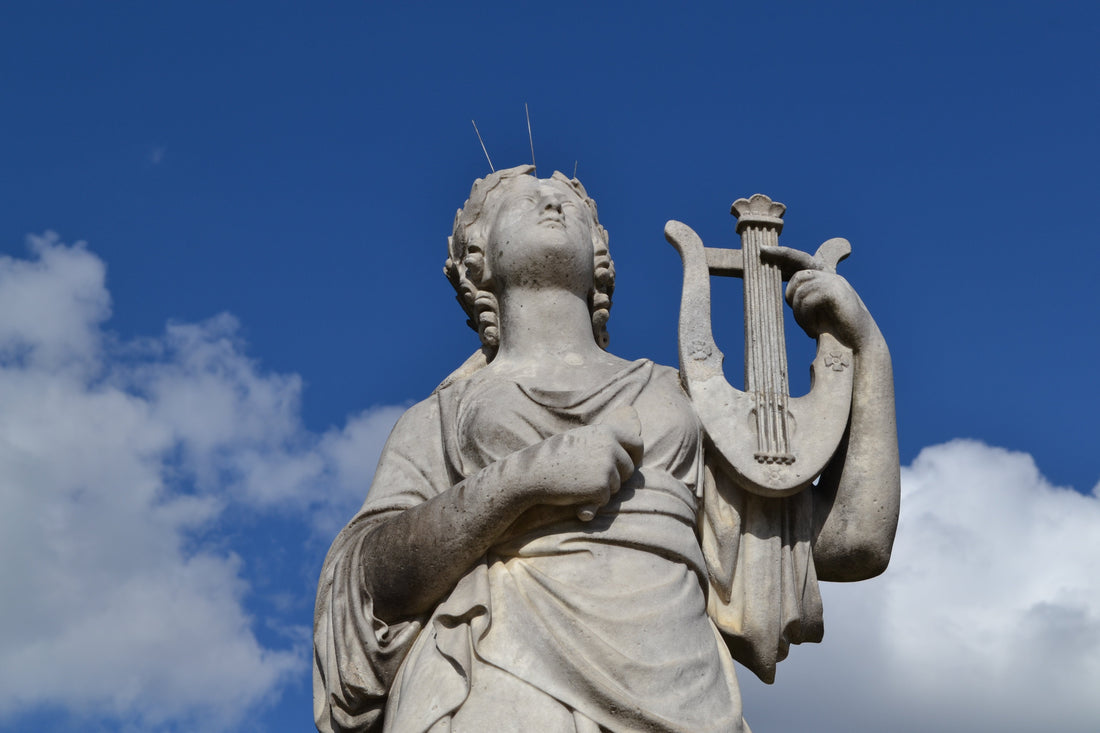
Origins of the Violin - the Byzantine Lira
Share
Where did the violin originate?
The violin was first built in the early 16th century, in Italy. The earliest evidence for it's existence is in paintings by Gaudenzio Ferrari from the 1530s, though Ferrari's instruments had only three strings. The Academie musicale, a treatise written in 1556 by Philibert Jambe de Fer, gives a clear description of the violin family much as we know it today.
Violins are likely to have been developed from a number of other string instruments of the 15th and 16th centuries, including the vielle, rebec, and lira da braccio. The history of bowed string instruments in Europe goes back to the 9th century with the Byzantine lira (or lūrā, Greek: λύρα).
Pictured here is the Inspirational statue in Paris, in Luxembourg Garden, representing Calliope, the muse, from Greek mythology. It is held in her left arm. source Wiki.
The violin was first built in the early 16th century, in Italy. The earliest evidence for it's existence is in paintings by Gaudenzio Ferrari from the 1530s, though Ferrari's instruments had only three strings. The Academie musicale, a treatise written in 1556 by Philibert Jambe de Fer, gives a clear description of the violin family much as we know it today.
Violins are likely to have been developed from a number of other string instruments of the 15th and 16th centuries, including the vielle, rebec, and lira da braccio. The history of bowed string instruments in Europe goes back to the 9th century with the Byzantine lira (or lūrā, Greek: λύρα).
Pictured here is the Inspirational statue in Paris, in Luxembourg Garden, representing Calliope, the muse, from Greek mythology. It is held in her left arm. source Wiki.
